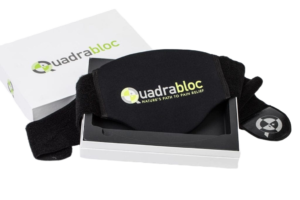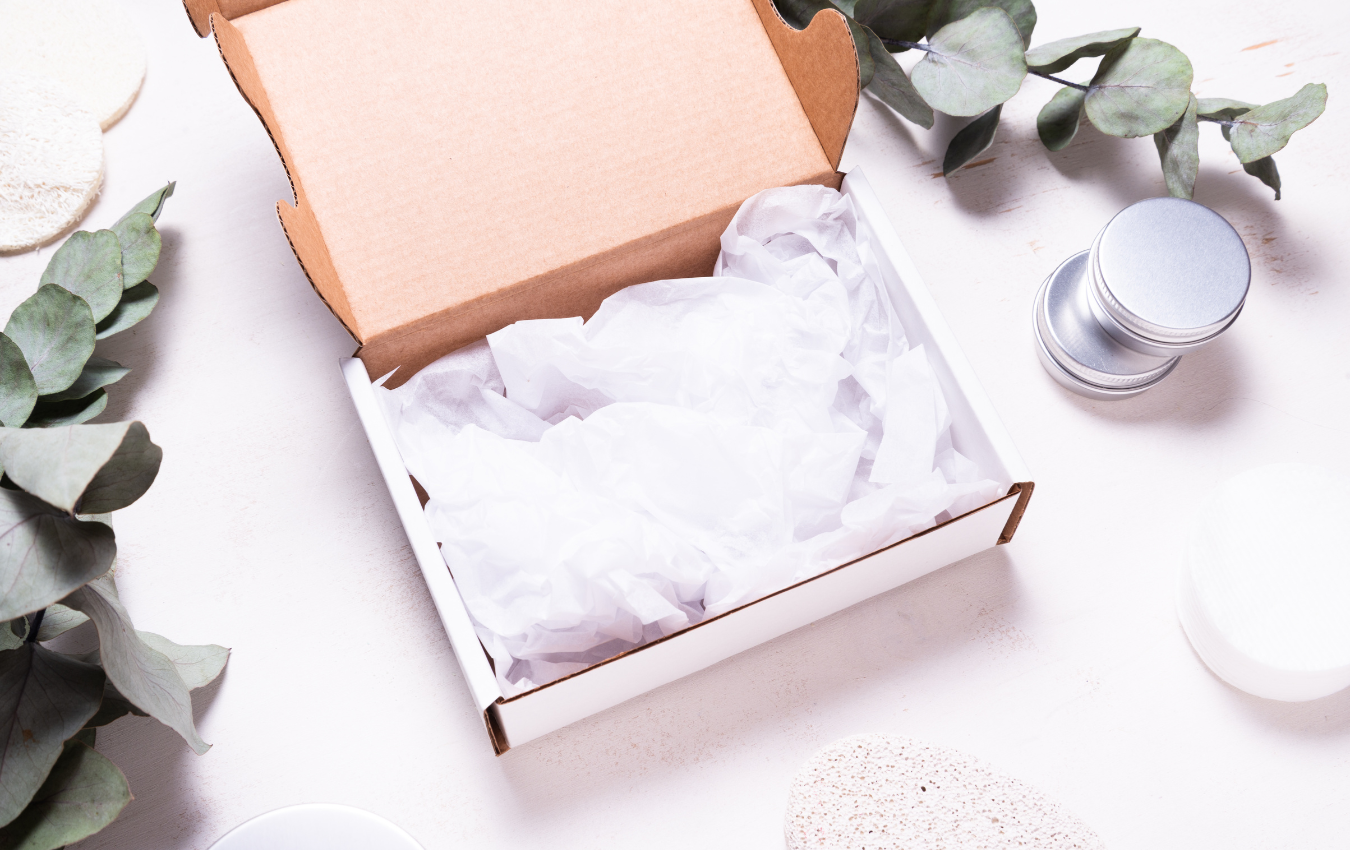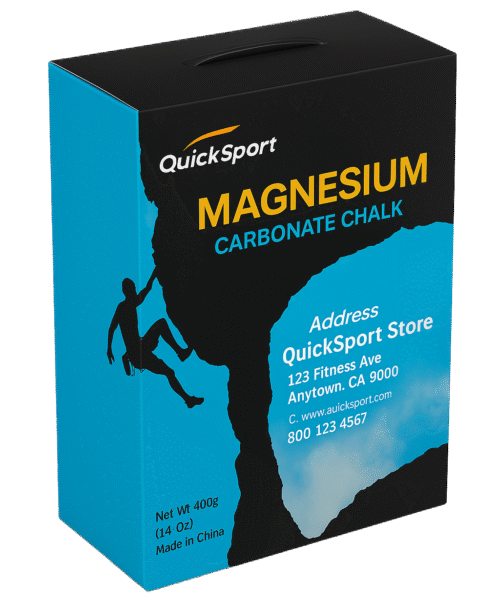Home » How Finishes Protect Printed Packaging
How Finishes Protect Printed Packaging
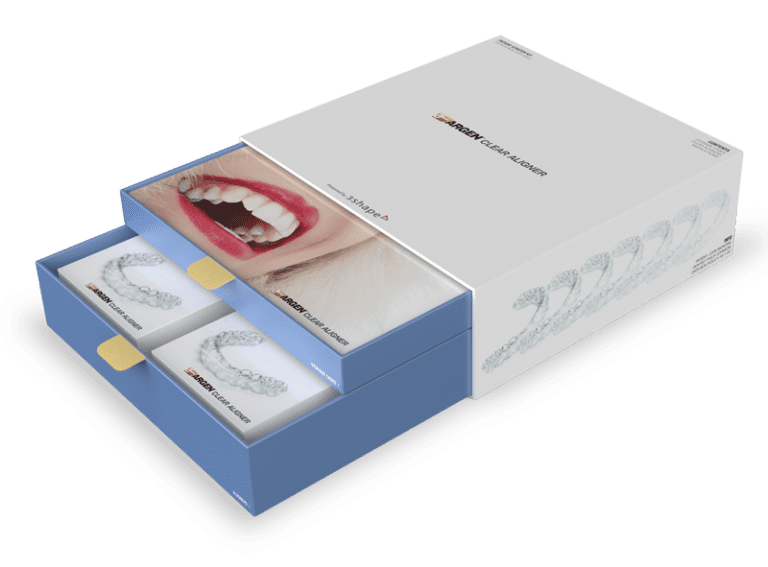
Printed packaging plays a crucial role in brand perception, shelf appeal, and the overall customer experience—but the work doesn’t stop once the ink hits the surface. Without the right finish, that print is vulnerable to scuffs, fading, moisture, and friction during production, handling, or shipping.
Whether you’re working with corrugated boxes, folding cartons, or rigid boxes, finishes do more than elevate appearance—they’re your first line of defense in protecting print. Here’s how the right finish keeps your packaging looking sharp from press to doorstep.
Why Finishes Matter
Your packaging travels through a lot—automated fulfillment, stacking, freight, climate changes, and customer handling. Finishes act as a protective shield, sealing the printed surface and improving the durability, longevity, and professional appearance of the box.
Without a finish, print can:
- Rub off or smudge
- Fade under UV exposure
- Scuff or tear during shipping
- Absorb moisture or oils from hands
A finish helps maintain the integrity of the design and branding under real-world conditions.
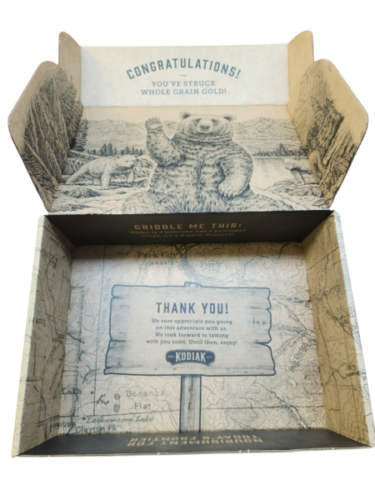
Common Finishes That Add Protection
Aqueous Coating
A water-based coating that dries quickly and provides light protection against scuffing, fingerprints, and dirt.
✅ Ideal for folding cartons and corrugated boxes
✅ Cost-effective, eco-friendly, and adds a subtle shine or matte finish
✅ Can be applied inline during printing for fast turnaround
UV Coating
A high-gloss or matte coating cured with ultraviolet light, offering stronger protection than aqueous.
✅ Great for high-touch surfaces
✅ Resists abrasion and moisture
✅ Frequently used on folding cartons and rigid boxes
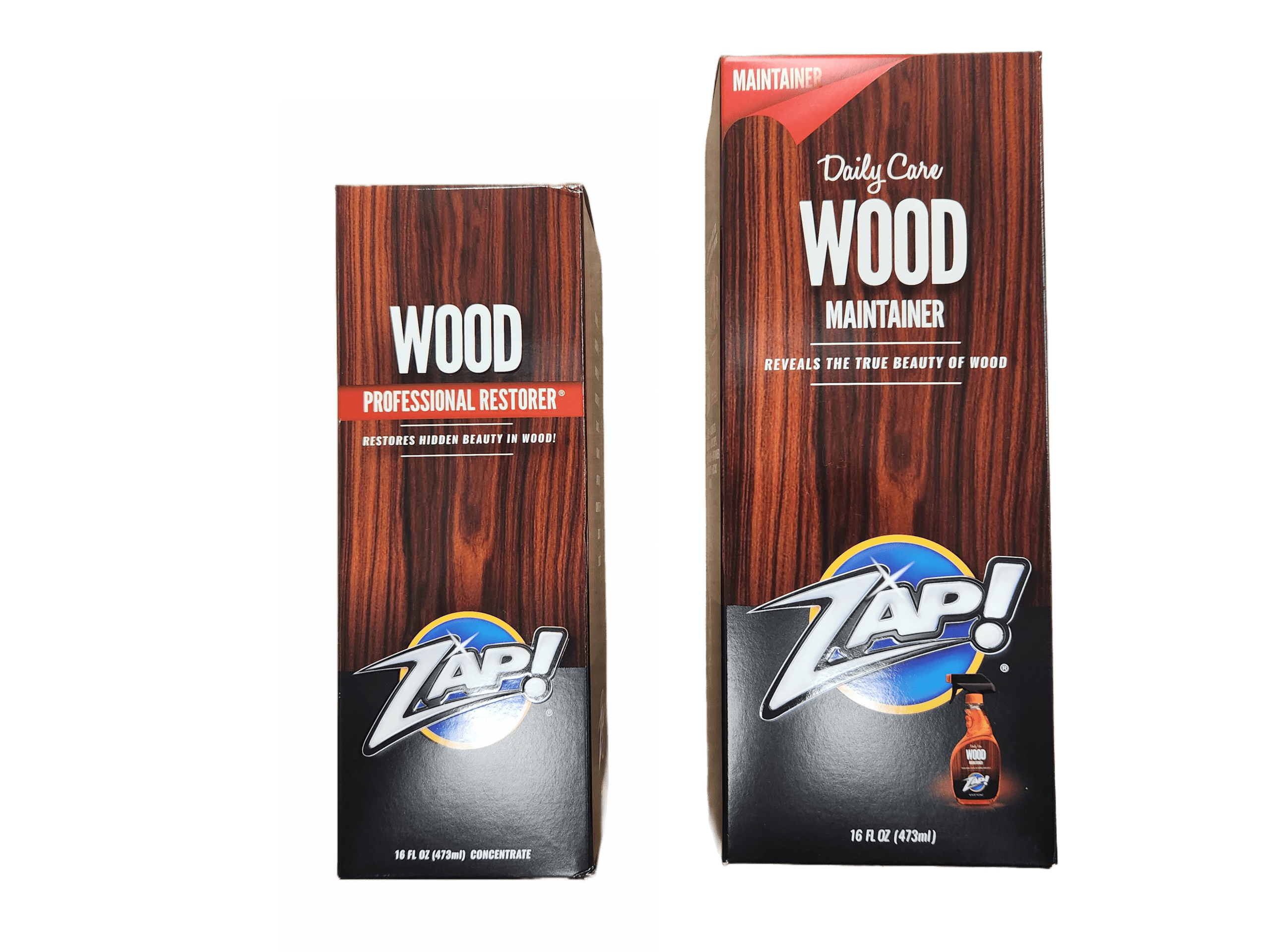
Soft-Touch Coating
A smooth, velvet-like matte finish that enhances tactile feel while offering surface protection.
✅ Popular in rigid boxes and premium folding cartons
✅ Pairs well with foil stamping and embossing
✅ Resists fingerprints and minor scuffs
Lamination (Gloss or Matte)
A plastic film applied to the printed surface, offering the highest level of protection against tearing, moisture, and surface wear.
✅ Common in litho-labeled corrugated and rigid boxes
✅ Adds structure and premium feel
✅ Excellent for high-end retail packaging or long shelf-life applications
Spot UV
A selective UV coating applied only to certain parts of the design (like logos or images).
✅ Protects key branding elements
✅ Adds contrast and visual depth
✅ Best used in combination with other finishes
How Finishes Vary by Box Type
Corrugated Boxes
Corrugated boxes are often exposed to rough handling and shipping abuse. For printed corrugated:
- Aqueous coating protects basic graphics in litho-label or digital runs
- Laminated litho labels offer the best protection and visual appeal
- Inside print (protected by the box itself) is an option for minimal damage risk
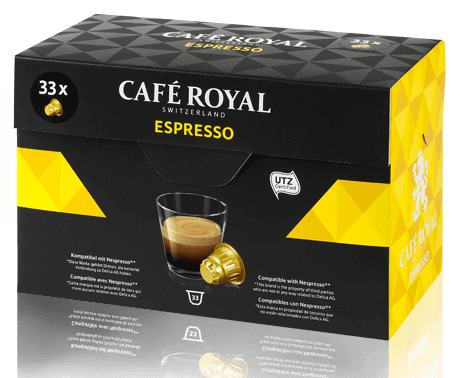
Folding Cartons
Folding cartons are more likely to be handled in retail and must look good under bright lights.
- Gloss or matte coatings resist scuffing on shelves
- Soft-touch adds luxury while improving grip
- Spot UV can highlight key details while protecting them
Rigid Boxes
Often used for luxury goods, rigid boxes require both durability and a premium finish.
- Lamination protects litho labels from edge cracking or peeling
- Soft-touch and foil can be layered for both tactile appeal and surface protection
- Embossing with a finish ensures your raised designs stay clean and sharp
Final Thoughts
A finish isn’t just a design choice—it’s a functional upgrade that preserves the quality, readability, and impact of your printed packaging. Whether you’re shipping across the country or selling on a shelf, the right finish protects your investment and keeps your brand looking its best.
Need help selecting the right finish for your boxes?
We’ll guide you through coatings, lamination, and protective treatments tailored to your packaging type and brand goals.
In packaging, foam isn’t just about initial protection — it’s about maintaining performance over the entire shipping or storage cycle. Compression set and recovery characteristics determine whether foam continues to
Pouches are a go-to for flexibility and convenience, but they can fail in critical ways—from poor seals to punctures and delamination—that hurt performance and brand reputation. Understanding these failure points
In the retail environment, the placement of Point of Purchase (POP) displays is just as critical as their design and content. Strategic positioning can significantly influence consumer behavior, increase product
Choosing the right foam density isn’t about “soft” versus “hard” — it’s about controlling shock transmission and matching the foam’s cushioning curve to the product’s fragility. Using the wrong density
Home » How Finishes Protect Printed Packaging


